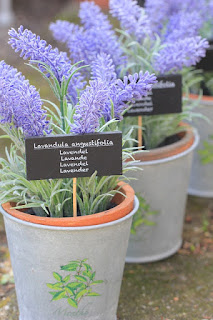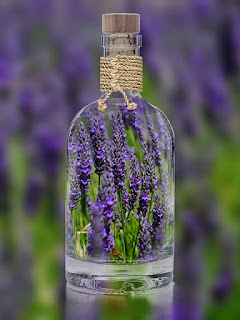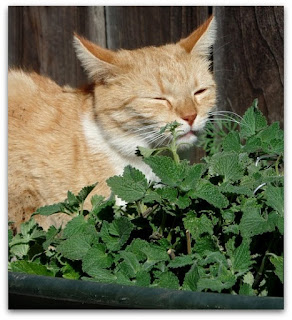A few years ago my neighbor had put two containers of Stella de Oro daylilies at the curb, they were near death and I did not think they would survive but took them anyway. I submerged the container of extremely dry dirt in tepid sink water. This allowed the container to take in the water and the soil became evenly moist. I removed the container plant and drained the sink before setting the container in the sink to drain.
When all the water had drained I set two lilies close to a plant to grow light, since they had been in a dark garage for several days. I knew that they needed light. Well, I rescued the Stella de Oro's in time because both survived. They were transplanted into my garden and today they bloomed. The repeat large gold star flower blooms are beautiful.

Plant taxonomy classifies Stella de Oro daylilies under the daylily genus, Hemerocallis, which derives from the Greek, hemera, "day," plus kallos, "beauty”




















